Quality Assurance software improves manufacturers' ability to identify product flaws, cut costs, boost efficiencies, and pursue continual improvement. This means happier customers and stakeholders.
Quality Assurance improves manufacturers' ability to identify product flaws, cut costs, boost efficiencies, and pursue continual improvement. This means happier customers and stakeholders.
Quality Assurance improves production efficiency and helps ensure that the final products meet the manufacturers’ quality standards.
Manufacturing businesses use quality assurance as a way to manage product quality.
Quality assurance (QA) and quality control (QC) are often tied together to ensure customers receive products without flaws. It is important for all manufacturers, especially for those in the automotive industry and businesses that supply high-precision parts.
High quality is a priority for these manufacturers to maintain safe environments. Some parts of quality assurance follow the ISO 9000 standards. The ISO (International Organization for Standardization) encourages the implementation of QA practices and processes.
In the past, these QA practices and processes would have been largely manual, but today, there’s lots of automation involved. To oversee these processes, it’s essential to have the right quality assurance software in place.
The numbers speak for themselves with quality assurance software.
By making processes more efficient and ensuring you bring a higher-quality product to market, your investment in quality assurance software is soon going to pay off. With the right software, you can improve the quality and quantity of your output, all while providing a better service for customers.
This is a win-win, and it makes quality assurance software a must for many businesses.
Although quality assurance and quality control activities are similar, it is important to spotlight the differences. Most QA activities include the entire quality system, while QC is only a spoke in the larger QA wheel. Picture three circles overlapping. The bigger circle is the quality system; the slightly smaller one is QA, while the smallest is QC.
Examples of products could be reports, contracts, or designs.


The risk of poor quality assurance leads to defects, inadequate manufacturing processes, and practices leading to increased costs. Product recalls also negatively impact rework processes, damage reputations, and may sway customer loyalty.
Poor quality assurance in invoicing and logistics often results in shipping the wrong product, increased chargebacks, and even lost sales. Poor quality in product development may cause canceled orders, chargebacks, and other added costs. According to the American Society for Quality guide, the risk of poor quality may affect over 20% of sales.
A world-renowned electronics company had to recall a line of phone products because of overheating batteries; 2.5 million devices were recalled, costing the company $5.3 billion. A global automobile manufacturer recalled 3.37 million cars because of faulty fuel tanks and airbags. In today’s quality-centered world, a slight difference in quality can cause customers to take their business elsewhere – whether it’s quality assurance in software testing, invoicing, or any other area, it can make all the difference to the end product.
Quality assurance software enables manufacturers to analyze quality data during production processes. Functions such as defect management, task management, and checklists identify ways to improve production earlier on in the process.
Paper error-prone processes are outdated, thanks to quality assurance software. QA solutions provide a central platform that ensures inspection data is available in real-time. Together with third-party systems, it allows a rapid exchange of information. Networked business processes enable product quality to be traced throughout.
Quality assurance software optimizes processes throughout the shop floor, vastly improving operations efficiency. The software increases visibility into granular processes and supports teamwork between product areas. QA software also enables organizations to identify the potential for process improvement.

Data transparency on product characteristics, manufacturing parameters, and field data enables large and small manufacturers to meet customer requirements consistently. QA software supports manufacturers in the continual improvement of processes and identifies causes of errors earlier.
Manufacturers use QA software to enable improvement across the entire value chain. Quality assurance software also helps measure company performance.

Quality assurance software helps teams to monitor systems and subsystems in the production cycle and identify errors and defects. This means finished products are of the highest quality, safe, and effective. QA solutions monitor objectives at every juncture of the supply chain, from initial evaluation and final product to distribution.
QA solutions monitor critical real-time data from manufacturing plants, distribution centers, and at every supply chain phase. Manufacturers can use this data to improve products and deliver better customer service.
QA software monitors various workflows, including inventory, resources such as raw materials, and distribution. Research shows that digital solutions enable better decision-making.
Research shows that access to accurate, real-time data about daily activities helps companies make faster decisions. This reduces operating costs by 23% and administrative costs by 22%.
While quality assurance is essential to manufacturing environments, other industries find it useful such as software engineering and construction. Let's take a closer look and see how quality assurance is used elsewhere.
Quality assurance tests and monitors products and services before they go live. In software engineering, this is called software quality assurance. Quality assurance in software testing ensures that manufacturing or development teams do not break one thing when they fix another.
Developers also perform functional QA testing to check whether the small parts in the software meet requirements. Software quality assurance services are vital to how modern businesses work because software plays such a central role in everything we do.

Quality management software can dramatically improve quality throughout the product lifecycle.
Construction teams depend on quality assurance to ensure infrastructure, buildings, homes, or other projects are top quality and safe. Construction and project management professionals track the quality of work routinely and report back daily.
What is Software Quality Assurance (SQA)?
Quality Assurance improves production efficiency and helps ensure that the final products meet the manufacturers’ quality standards. Manufacturing businesses use quality assurance as a way to manage product quality.
Quality assurance (QA) and quality control (QC) are often tied together to ensure customers receive products without flaws. Quality assurance is important for all manufacturers, especially for those in the automotive industry and businesses that supply high-precision parts. High quality is a priority for these manufacturers to maintain safe environments.
Some parts of quality assurance follow the ISO 9000 standards. The ISO (International Organization for Standardization) encourages the implementation of QA practices and processes.

Digital manufacturing solutions allow workers to solve problems as they arise. Here are some solutions to overcome routine manufacturing obstacles.
Digitizing documentation is an essential feature of a QA solution. It only takes a few clicks of a mouse to build Quality Control checklists. It is just as quick to update, search for, and archive inspection reports and defect cards.
Workers on the shop floor can enter inspection data into digital checklists rather than manually into Excel. QA Software ensures information is available at a touch of a button. Adding a role management feature controls a user's ability to view or edit documentation. Manufacturers should also make sure the software they select can meet six sigma practices.
Progress dashboards reflect the progress of individual assemblies while providing a complete picture of the product the team is producing.
Manufacturing companies use digital QA solutions to ascertain the quality of each step of the production process. These gates ensure each stage in production is high quality before moving on to the next.
Quality assurance software allows shop floor employees to access current documentation digitally from wherever they are.
Every employee in whatever department can access production records, revisions, checklists, and assembly drawings. Successful use of the software has enabled lean manufacturing with optimal productivity and minimal waste.
Here are a few examples of quality management solutions working on smartphones:
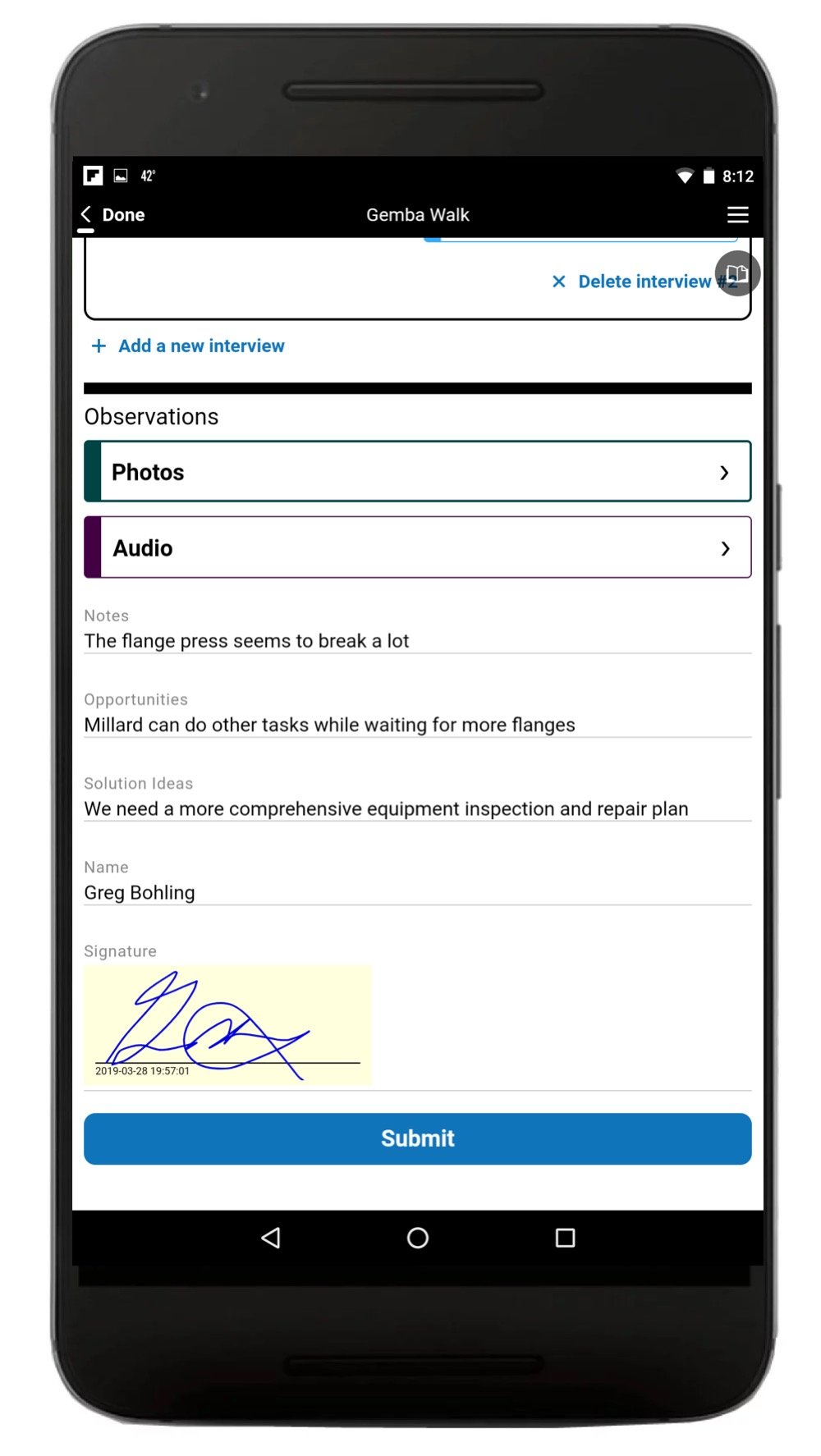
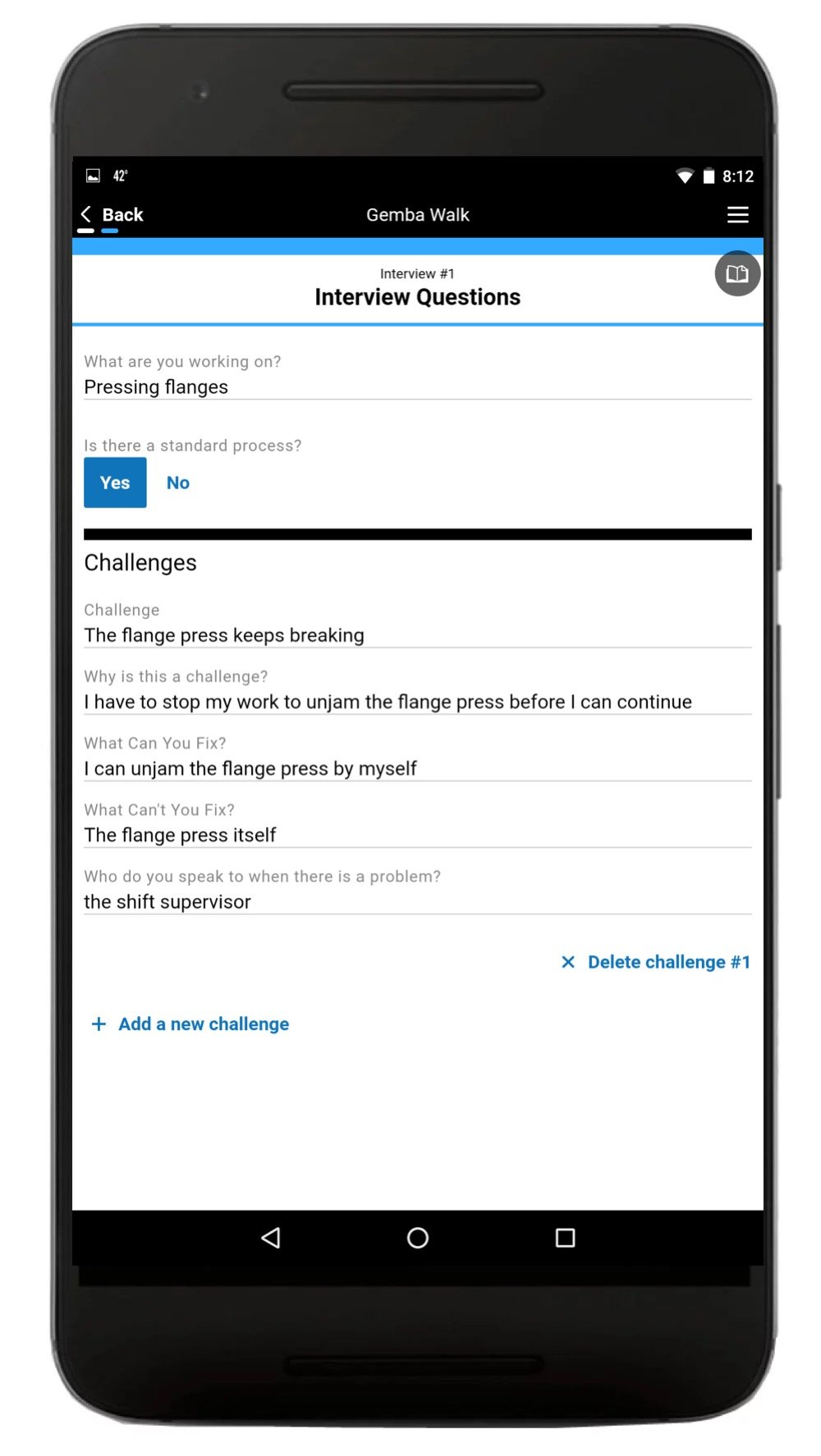
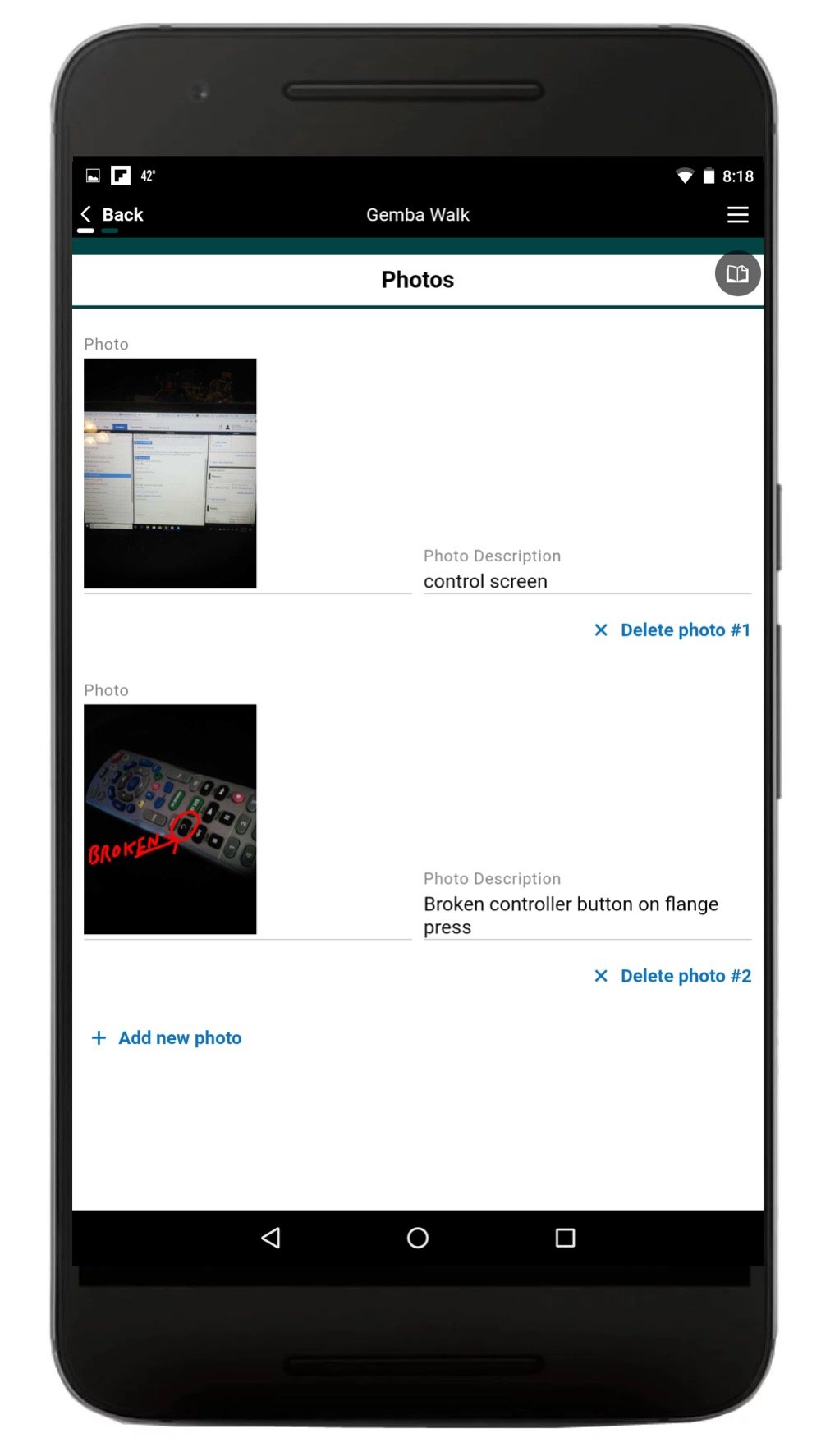
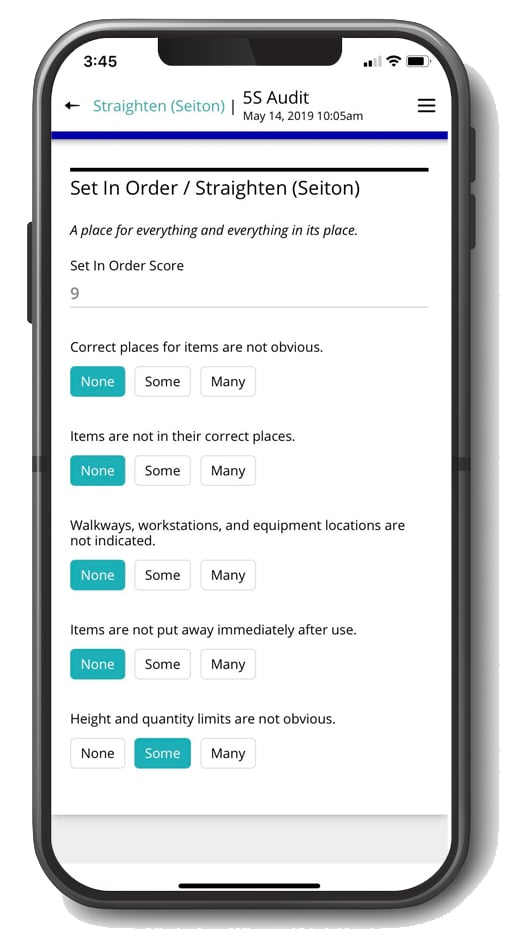
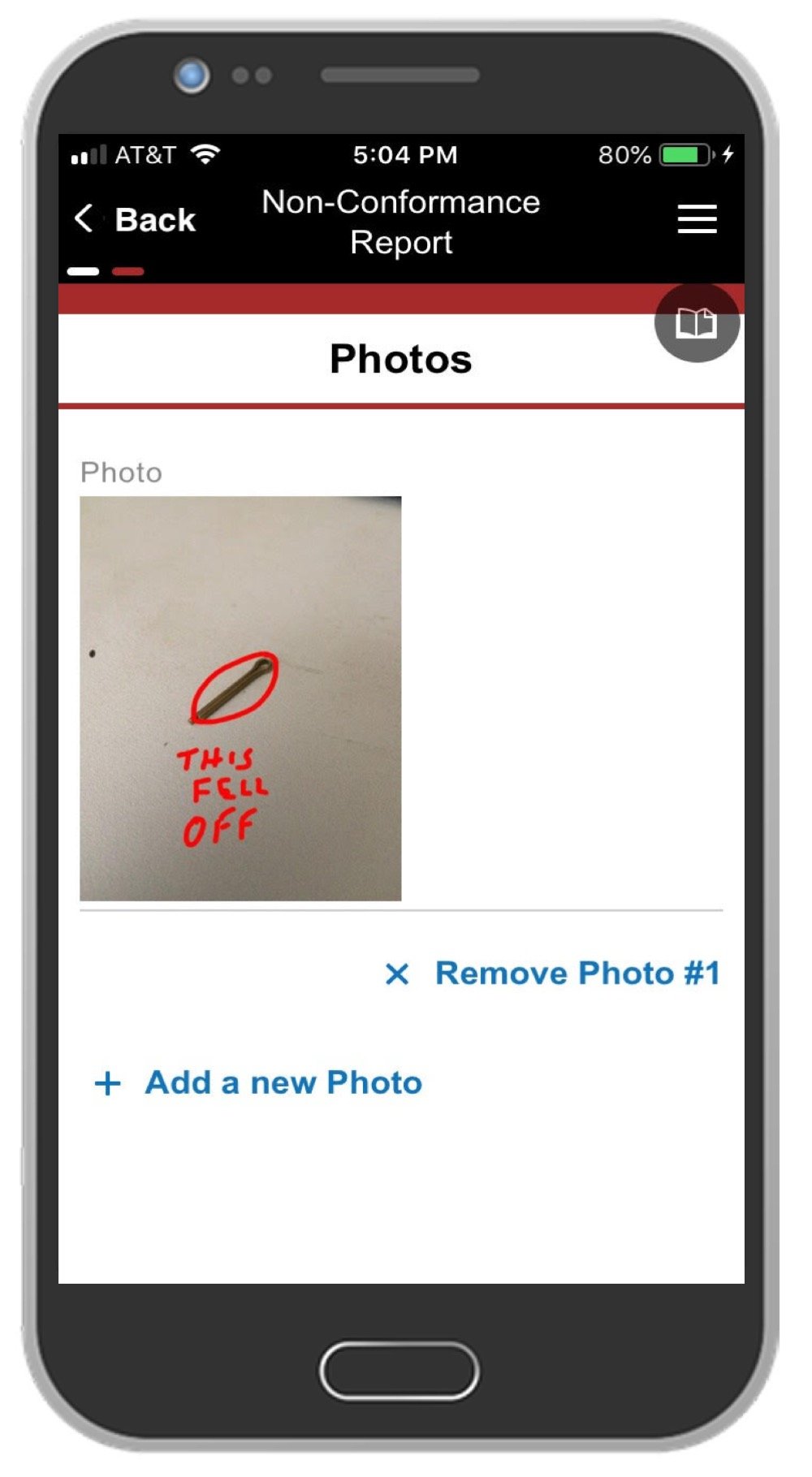
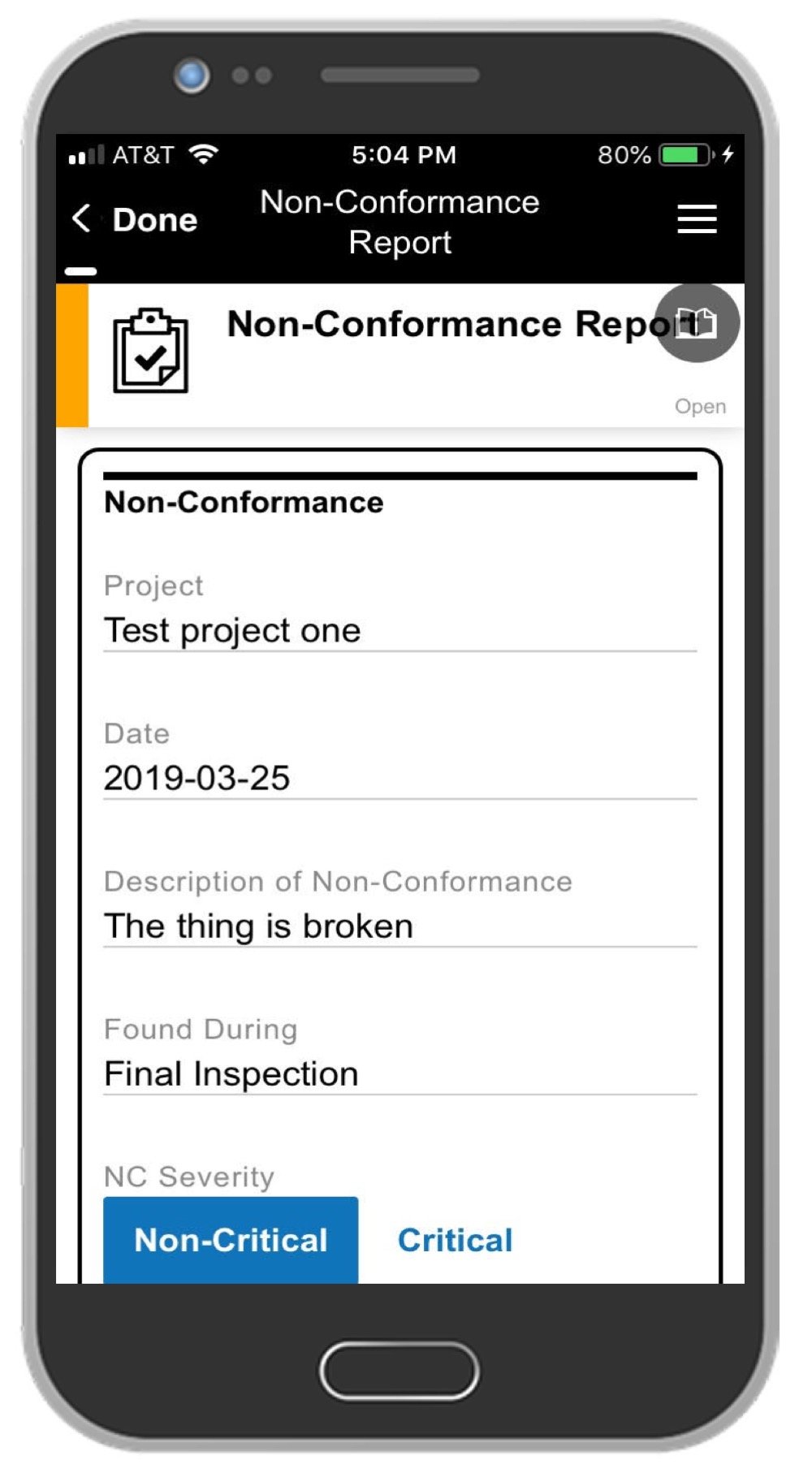
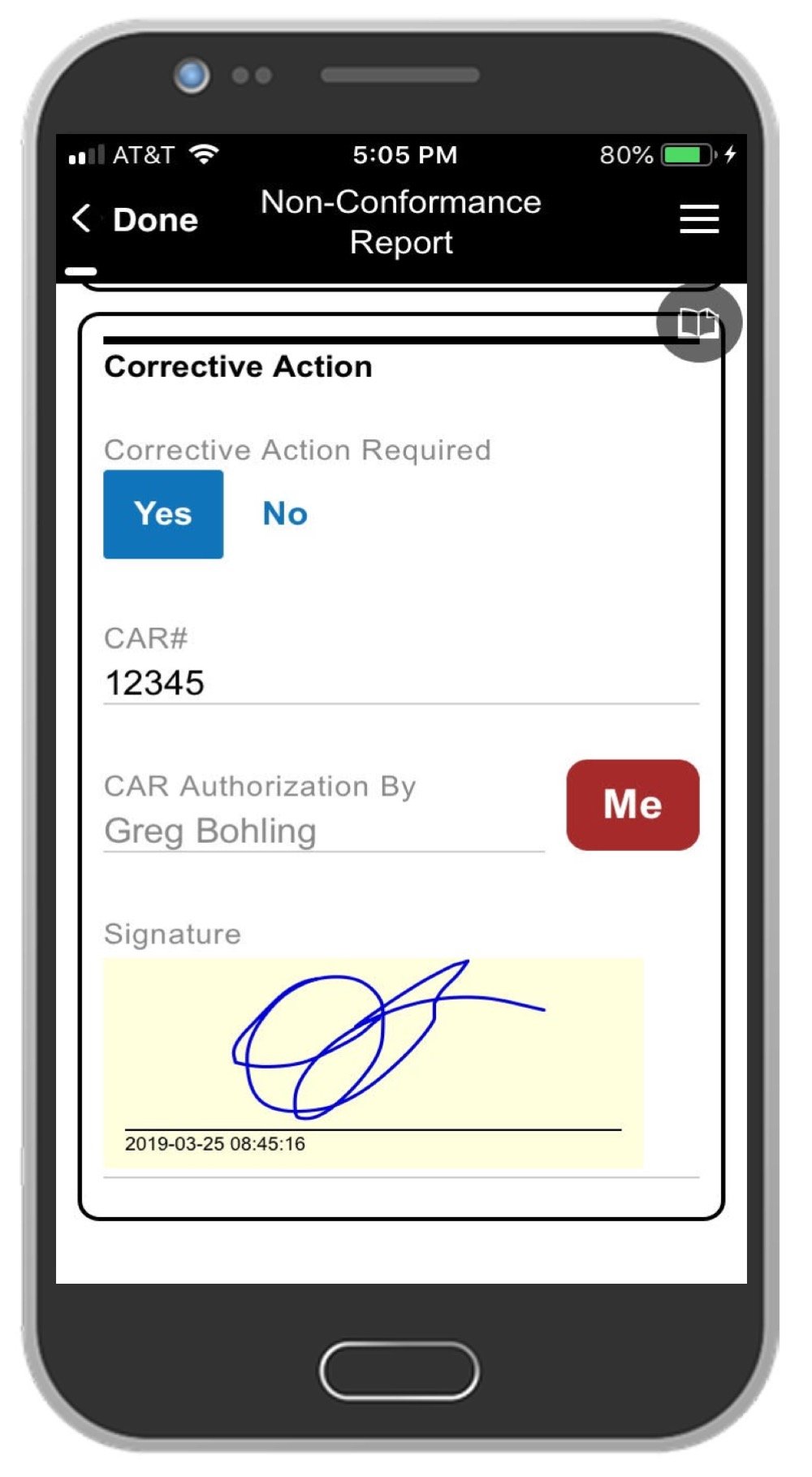
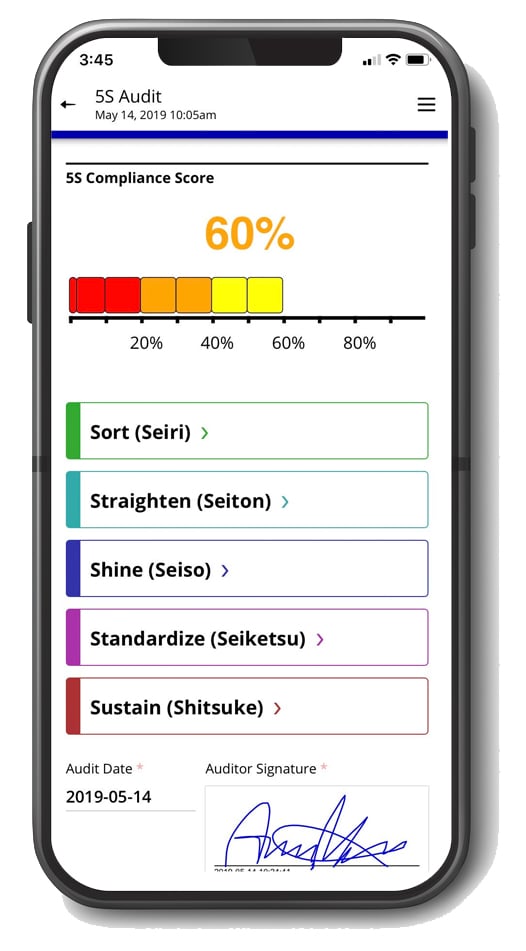
Quality Assurance software ensures that manufacturers can effectively identify the root causes of product flaws. That means meeting stakeholders' and customers’ expectations consistently.
Solutions from Alpha Software enable shop floor workers to use solutions that resolve daily issues and eliminate laborious paperwork. Ultimately, this creates improved efficiency and better ROI at a reduced cost.
The Alpha platform is the only unified mobile and web app development and deployment environment with distinct “no-code” and “low-code” components. Using the Alpha TransForm no-code product, business users and developers can take full advantage of all the capabilities of the smartphone to turn any form into a mobile app in minutes, and power users can add advanced app functionality with Alpha TransForm's built-in programming language. IT developers can use the Alpha Anywhere low-code environment to develop complex web or mobile business apps from scratch, integrate data with existing systems of record and workflows (including data collected via Alpha TransForm), and add additional security or authentication requirements to protect corporate data.
Alpha Software Corporation, based in Massachusetts, produces award-winning software that speeds mobile and web app development and deployment for business and IT. The core technology includes two components. Alpha Anywhere®, a full-stack low-code app development platform for building and deploying web and mobile apps. In just hours, Alpha TransForm® turns complex paper forms into powerful mobile forms that speed data collection.
Alpha Software is an InfoWorld Technology of the Year award winner, and scores near-perfect reviews from customers on crowdsourced review sites.
Customers rate Alpha Software highly for its speed of development, flexibility, offline apps, rich feature set and ability to scale predictably. For more information, visit https://www.alphasoftware.com/